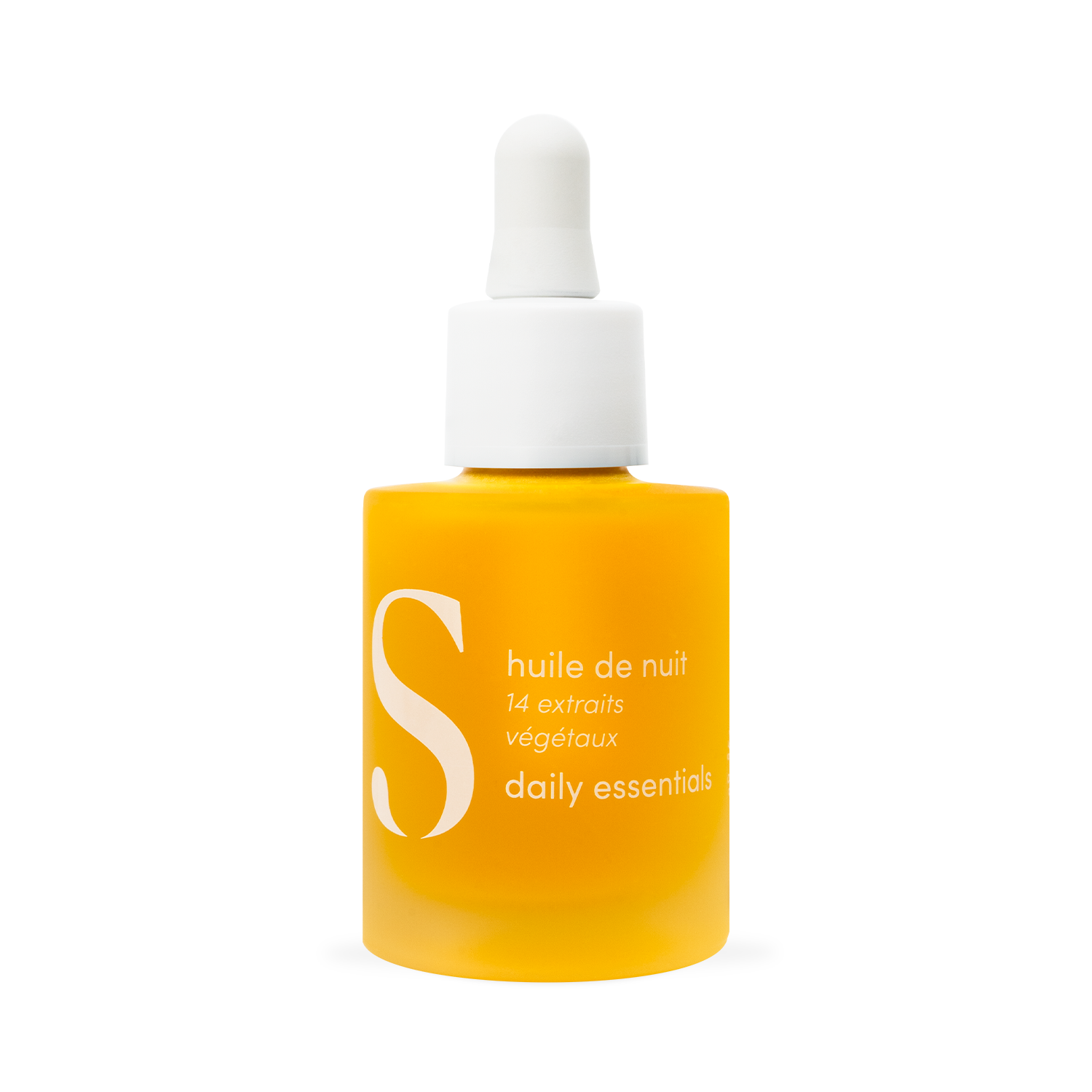How does tanning work?
Tanning is a natural protective mechanism to defend against UV rays. To protect themselves from the effects of the sun, our melanocytes produce a colored pigment, melanin. This colors the cells of the epidermis and thus helps them protect themselves from burns. But how does it really work?
How is a tan formed? Deciphering the melanogenesis process:
Imagine yourself in the sun, with that much-loved golden hue illuminating your skin. This color is the result of a process called melanogenesis, which takes place when you are exposed to ultraviolet (UV) rays from the sun. But, how exactly does it work?
1. UV Activation: When UV rays hit your skin, it triggers a series of reactions in your body. Your skin receives an initial signal: a hormone called melanotrope attaches to a special receptor in skin cells. This signal then activates a series of chemical reactions, setting the stage for the next steps.
2. Melanogenesis in melanocytes: After the process has been initiated, melanocytes ( cells present in the deepest layer of the skin), come into action. These melanocytes contain organelles called melanosomes , where melanin is produced from the amino acid tyrosine . This process is triggered by the special signal mentioned earlier. Usually, it takes about 3 to 4 days after the first exposure to UV rays for melanocytes to become fully active . You can imagine your skin preparing to protect your DNA by creating a “color barrier” using this melanin.
3. Transfer to keratinocytes: Then, it is the turn of melanin to begin its diffusion. Melanosomes loaded with melanin leave the melanocytes to head towards keratinocytes , the majority cells of the skin. These keratinocytes take the melanin and distribute it to their environment, creating the tan. Once their mission is accomplished, melanosomes retreat and are broken down by cleaning enzymes called lysosomal proteases .
In summary, tanning is a defense mechanism for your skin.
Tanning is often appreciated for its aesthetic appearance, but in reality it plays a vital role in protecting our skin from sun damage.
UVA and UVB rays from the sun can be harmful because they produce free radicals in our skin, which can damage cells and DNA, causing problems like premature aging and skin cancer.
Melanin, the pigment responsible for the color of our skin, acts as a sort of protective shield. It coats the nuclei of skin cells, preventing UV rays from damaging the DNA inside. Additionally, melanin can directly capture free radicals, reducing damage.
However, although tanning provides some protection, it is not enough to completely protect us from UV rays. About 15% of UVB rays and 50% of UVA rays can still penetrate the deeper layers of the skin , even when we are tanned. This is why it is crucial to apply sunscreen before exposing yourself to the sun for optimal protection.
Sources: HERLYN M. & al. Crosstalk in skin: melanocytes, keratinocytes, stem cells and melanoma. Journal of Cell Communication and Signaling (2016).




















